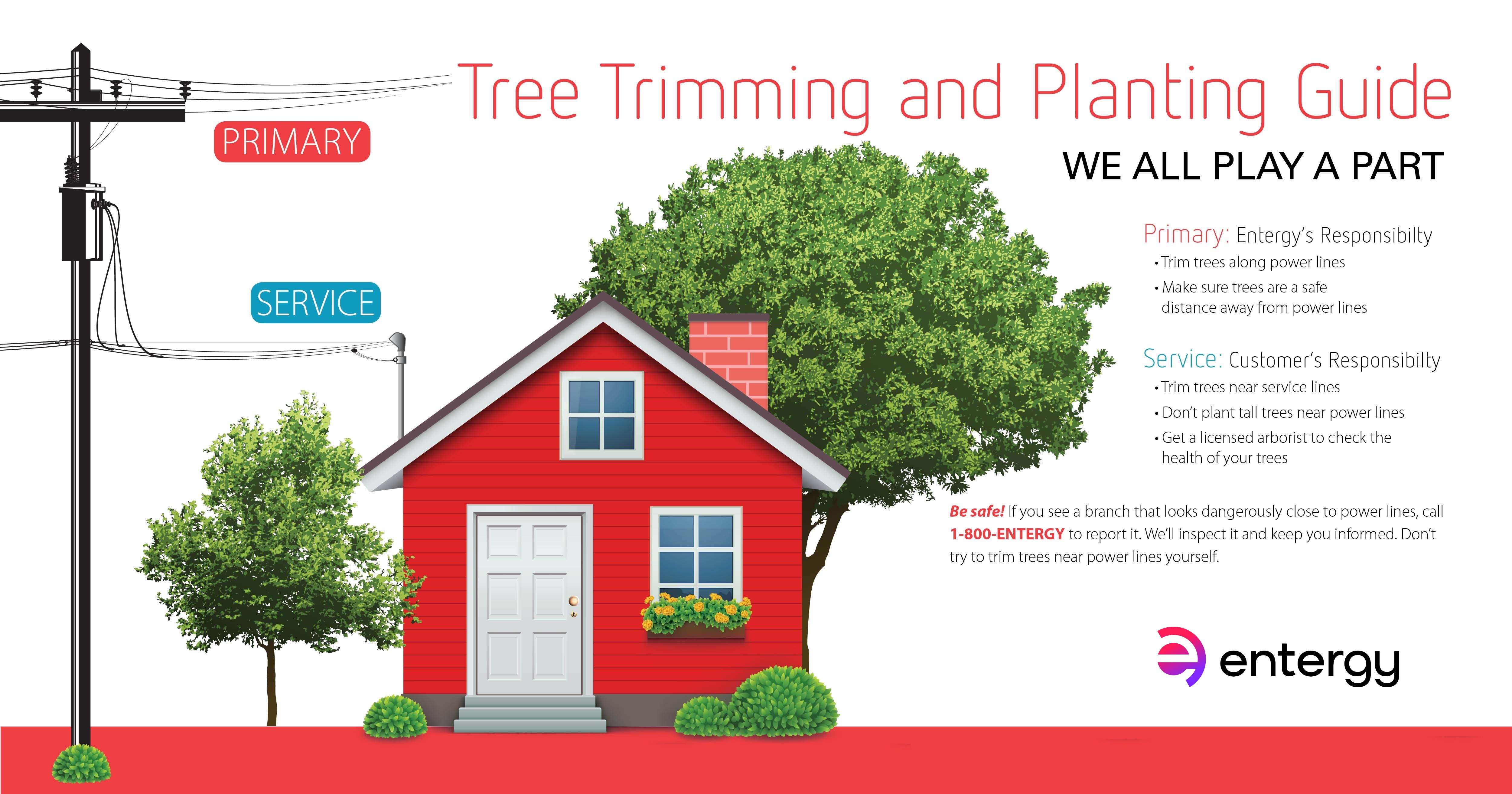Post-Tree Elimination Therapy: Reliable Approaches For Landscape Restoration
Post-Tree Elimination Therapy: Reliable Approaches For Landscape Restoration
Blog Article
Keep Reading -Graham Als
After a tree's elimination, your landscape might look quite different, and it's essential to evaluate the results meticulously. You'll wish to assess the soil disturbance and inspect bordering plants for any kind of indications of stress. Neglecting these variables can result in bigger problems down the line. So, what should you finish with those stumps and origins? And exactly how do you choose the very best plants for your revitalized area? Let's discover these important steps.
Analyzing the After-effects: Examining Your Landscape
After a tree elimination, it's essential to assess your landscape to understand the impact it has on your lawn.
Begin by checking out the location where the tree stood. Look for How To Remove A Tree Stump By Burning With Vegetable Oil of dirt disturbance, and check the surrounding plants for any anxiety or damage.
You should also keep in mind of how the removal has actually changed sunlight exposure and air flow in your yard. This change can influence the growth of nearby plants, so it's vital to assess their health and wellness.
Consider the aesthetic facets too; the elimination might develop an open space that you can revamp.
Finally, consider any type of possible erosion problems that might develop from the tree's absence. Addressing these aspects early will assist bring back balance to your landscape.
Managing Stumps and Origins: Options for Elimination
Once you have actually assessed the results of the tree removal, you'll likely need to deal with the stump and roots left.
You have a few choices for removal. One efficient technique is stump grinding, where an expert uses an equipment to grind the stump down to underground level. This approach leaves very little disruption to your landscape.
If you choose a do it yourself technique, you can use a mix of digging and chemical stump removers. Just bear in mind, this procedure can take some time and effort.
Conversely, take into consideration leaving the stump as a natural feature, which can act as an unique yard aspect or habitat for wildlife.
Whatever you pick, attending to the stump and origins is essential for recovering your landscape.
Choosing the Right Plants for Your New Area
As you evaluate your recently cleared space, picking the right plants can considerably boost your landscape's elegance and capability.
Start by thinking about the sunlight and soil conditions. For sunny locations, choose drought-resistant plants like lavender or succulents. In shaded places, brushes and hostas thrive well.
Think of the dimension and growth habits of your plants; mix perennials and annuals for seasonal selection. Don't fail to remember to include indigenous varieties; they need less upkeep and assistance regional wildlife.
Team plants in strange numbers for a more all-natural look and produce layers for aesthetic depth.
Ultimately, guarantee you have a mix of shades and appearances to keep your landscape vivid throughout the seasons.
Delighted growing!
Conclusion
To conclude, restoring your landscape after tree elimination is a fulfilling process. By analyzing the results, attending to stumps and origins, and selecting the right plants, you'll develop a successful setting. Do not forget to include erosion control actions to shield your soil. With a little effort and treatment, you can transform your area right into a vibrant yard that improves your residential or commercial property. Welcome the possibility to renew your landscape and enjoy the elegance of nature right in your backyard!
